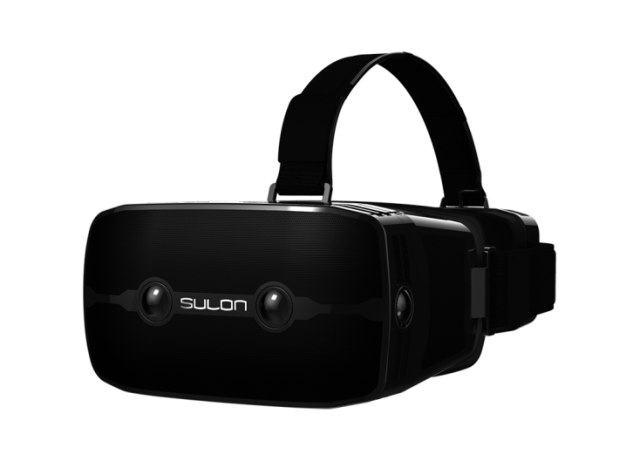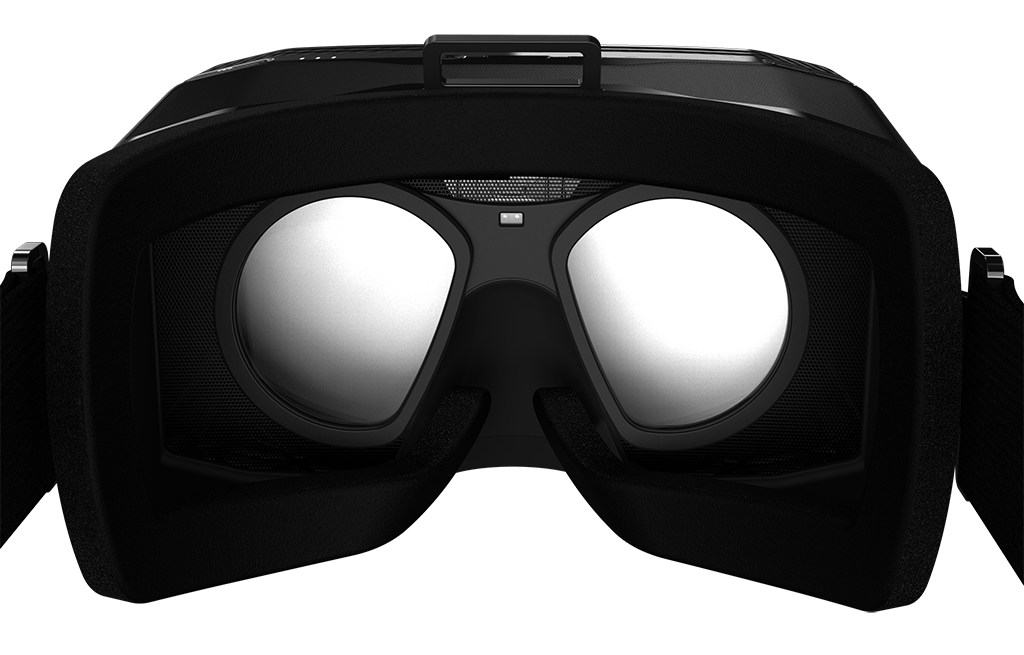VR is going wireless… for business?
We VR users and developers all love virtual reality and the emotions it can give us. We feel that we’re shaping the future of technology, that we’re living an amazing moment (The sentence “an amazing time to be alive” is hyper-used in every VR forum). We forgive this new technology all its problems: the motion sickness, the screen door effect, the low FOV, etc… but there is one thing that we just can’t stand: the f**ing cable! (and in case of OSVR, also the damn belt box!)
It’s the most disturbing thing about VR experiences, especially room-scale ones: there is this thing that remembers you that you are actually tethered to a PC and that you are not in the magical virtual world; it continuously gets in front of your feet and gives you high risk of stumbling upon it and die in a terrible way (I can image the epitaph: “Beloved father, died trying to make a huge hot dog in Job Simulator”).
http://i.imgur.com/qDWTStz.gifv
That’s why we were all so happy when the first GearVR came out: it let you try VR without cables, to be really free in VR. GearVR had also another advantage: it didn’t need a PC to run, so you could just use it alone… you could also take it to the pub to showcase VR to your friend with little effort! Then some problems came to light:
- Low processing power wrt the PC version of headsets (obviously… they exploit the processing power of a phone). This means lower quality games;
- High battery draining;
- No positional tracking (and that’s really bad).
Nonetheless we all find it supercool… and we at Immotionar also made some cool experiments with it… look my friend Max doing full body kung-fu virtual reality!
http://i.giphy.com/l0MYx446Oj4omYECI.gif
The choice has been until now this one: mobile headsets (low power, no cable) vs PC headsets (high power, annoying cable). But in the last times, a lot of standalone headsets are popping out. I’m talking about Intel Alloy and AMD Sulon Q for instance. Today Alcatel has announced its autonomous headset, while Qualcomm has released a reference design for a standalone VR headset using eye tracking. What is a standalone headset? It’s a all-in-one headset system, that includes everything in the headset: the CPU, GPU, RAM, the VR screen… all in one head mounted device that works out of the box, without you modifying anything (you don’t have to add a smartphone inside it, you don’t have to plug it anywhere).

This is a big advantage, because the system can provide a high end hardware system VR-ready all in one, so you can have the power of a tethered to PC device with the freedom of an untethered mobile device: it’s amazing! Furthermore, this standalone devices have other fancy features: they use special cameras to track the environment, so you can also have room-scale everywhere and with no need for cable or external hardware; some of them, like Qualcomm one, has eye tracking; most of them have front facing cameras, that can be used to make augmented reality or augmented virtuality (or merged reality, as Intel loves calling it) applications… so these devices are awesome!
And today another huge news came out in the VR communities: Vive can become wireless thanks to an add-on! Bulgarian startup Intugame(QuarkVR), already well know for its experiments on VR streaming in the last months, is developing a little device split in 2 parts: one that you can attach to your Vive and the other that you attach to your PC: this two devices talk over wi-fi, streaming positional/rotational data from the headset to the PC and imagery data from PC to headset (a mechanism similar to the one of VRidge): this means that you basically have a wireless version of HTC Vive. So, again: powerful headset, room-scale and no cable! Awesome! The dream of every VR gamer.
BUT… there is a final but. All these solutions seem to have one thing in common: they’re for business. I mean, they look like very expensive devices, with high requirements, not super-user friendly, with lots of refinements to do (who knows how much the batteries can last) and with no content developed for them. So, the future is wireless, but for now we, as consumers, will continue sticking to the damn cable.
Disclaimer: this blog contains advertisement and affiliate links to sustain itself. If you click on an affiliate link, I'll be very happy because I'll earn a small commission on your purchase. You can find my boring full disclosure here.



